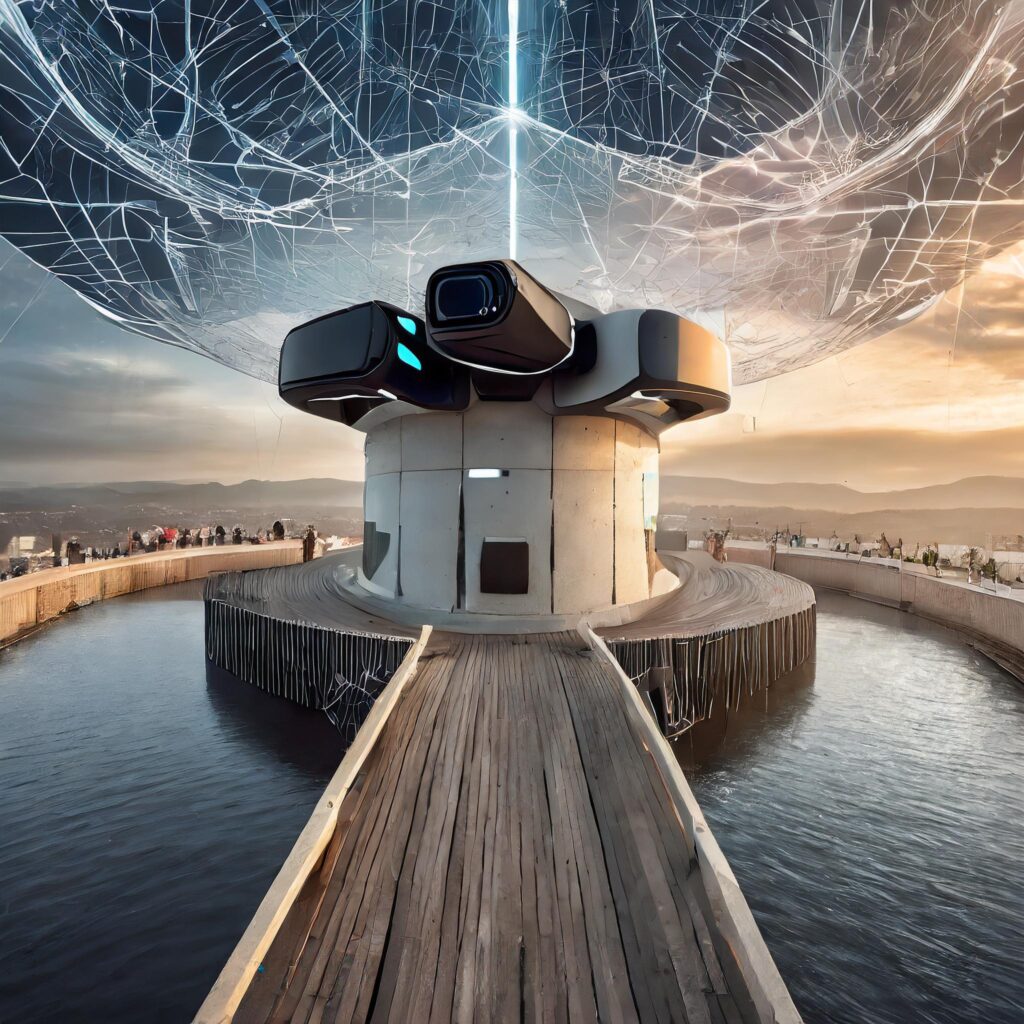Virtual Reality (VR) is no longer confined to the realm of gaming; it’s a groundbreaking tool reshaping the landscape of marketing. In this blog post, we’ll explore the intersection of Virtual Reality and marketing, uncovering how businesses can harness the immersive power of VR to create unforgettable brand experiences and connect with their audience in entirely new ways.
1. The Evolution of Virtual Reality: From Sci-Fi Dreams to Marketing Reality:
Trace the evolution of Virtual Reality from a concept rooted in science fiction to a tangible and transformative technology with real applications in marketing.
2. Immersive Storytelling: Transporting Audiences into Brand Narratives:
Explore how Virtual Reality enables immersive storytelling. Understand how businesses can use VR to transport audiences into brand narratives, creating emotional connections and memorable experiences.
3. Virtual Product Experiences: Trying Before Buying in the VR Realm:
VR transcends traditional product demonstrations. Delve into how businesses can offer virtual product experiences, allowing consumers to interact with and test products in a virtual space before making purchase decisions.
4. Virtual Tours and Destination Marketing: Explore Before You Go:
For industries like travel and real estate, VR offers a unique proposition. Explore how businesses can provide virtual tours, allowing potential customers to explore destinations or properties from the comfort of their homes.
5. Virtual Events and Brand Activations: Redefining Audience Engagement:
Virtual Reality has the power to redefine events and brand activations. Learn how businesses can leverage VR to create virtual events, product launches, and brand activations that go beyond physical limitations, reaching a global audience.
6. VR in Education and Training: Elevating Learning Experiences:
Beyond marketing, VR transforms education and training. Explore how businesses can use VR to enhance learning experiences, from immersive employee training programs to educational content that brings concepts to life.
7. Interactive VR Advertising: Engaging Audiences in New Dimensions:
Traditional advertising meets a new dimension in VR. Explore how businesses can create interactive VR ads that engage audiences in ways not possible through traditional channels, fostering a deeper connection with the brand.
8. Challenges and Considerations: Navigating the VR Marketing Landscape:
While the potential of VR in marketing is vast, challenges exist. Explore considerations in terms of technology requirements, user adoption, and the need for creating content that balances immersion with brand messaging.
Conclusion: Embracing the Virtual Frontier in Marketing
Virtual Reality is more than a technology; it’s a gateway to new possibilities in marketing. By understanding the evolution of VR, embracing immersive storytelling, offering virtual product experiences and tours, redefining events and brand activations, leveraging VR in education and training, exploring interactive VR advertising, and navigating challenges, businesses can embrace the virtual frontier and create marketing experiences that captivate audiences and leave a lasting impression. Join us on this exploration of the intersection of Virtual Reality and marketing, where brands can transcend reality and craft immersive experiences that resonate with the digital-savvy consumers of today.

